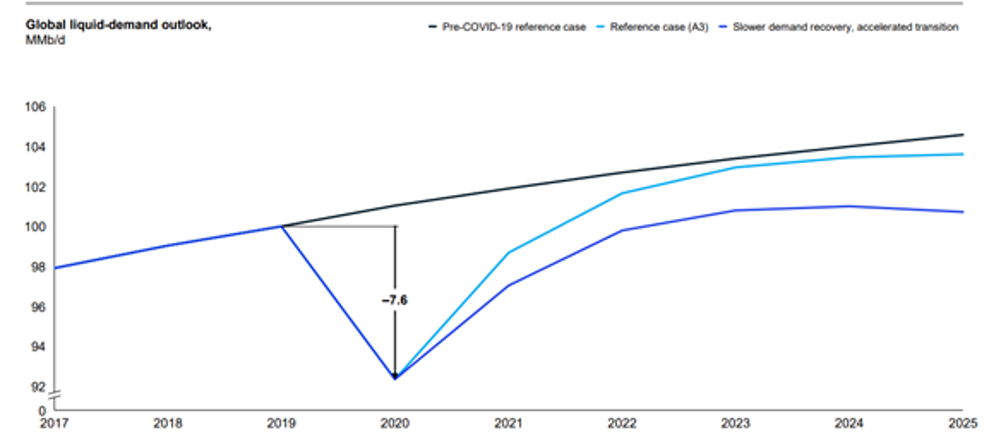The Story of Peak Oil
In a 1956 scientific paper Marion King Hubbert introduced the world to the theory of peak oil where he predicted that US peak oil production would occur between 1965 and 1971 and that global peak oil would occur in the early 2000’s. Yet, as of the time of writing, neither US or global peak oil demand shows signs of slowing despite the many historic and future predictions that it will. So, if everyone keeps predicting we will reach peak oil, why does it never happen?
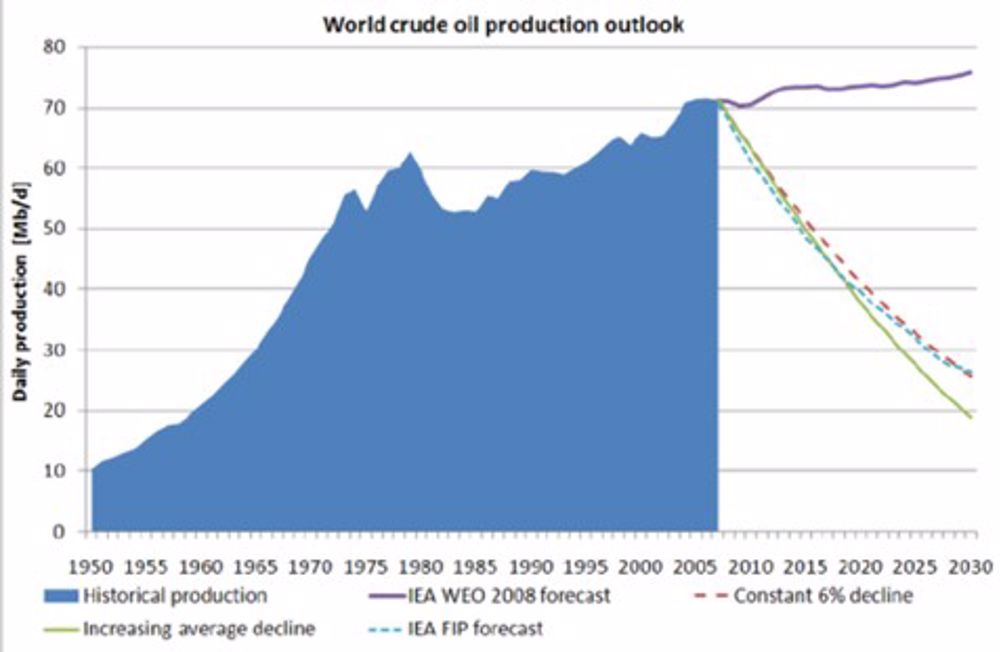
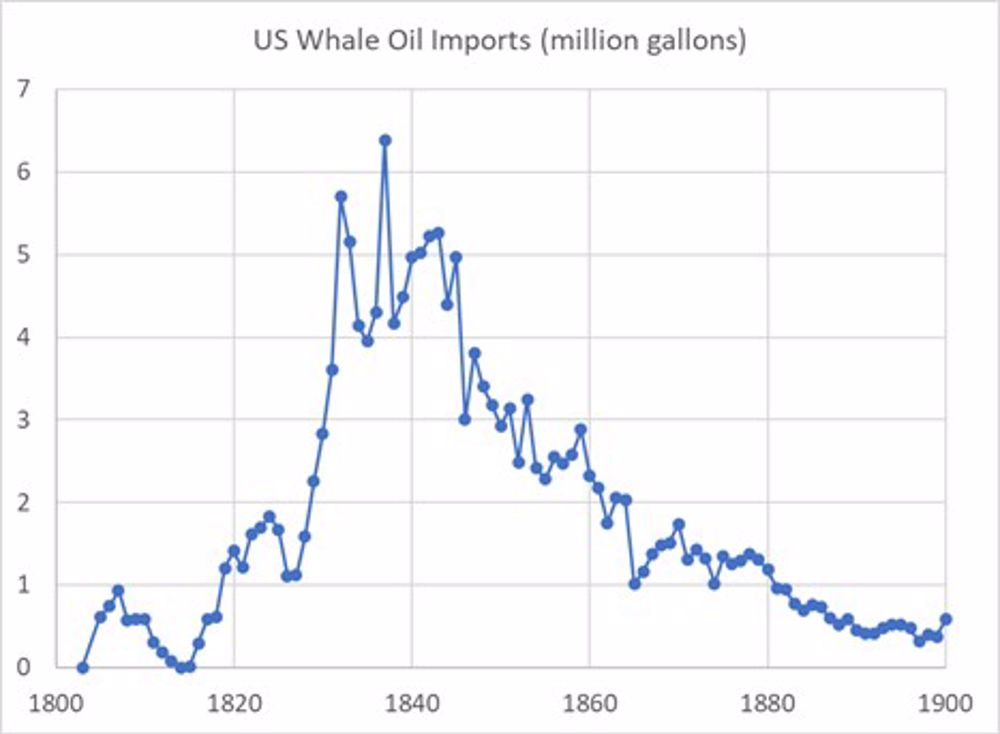
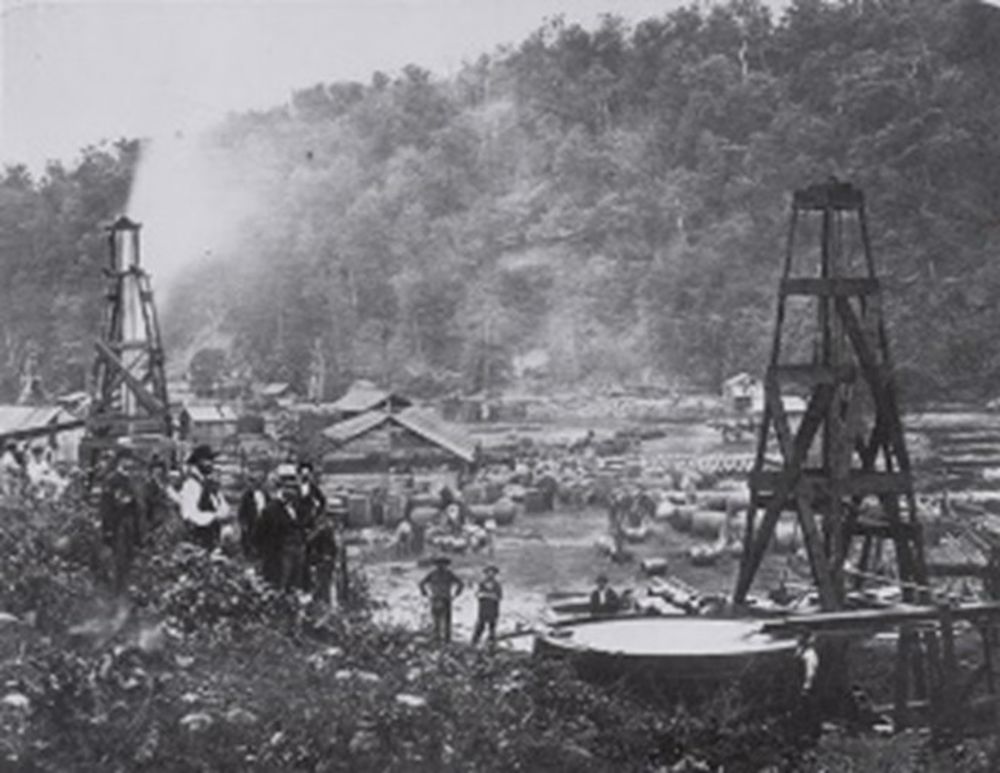
In the early 19th century an oil refinery was something that processed blubber into lamp oil and lubricating oil. Whilst coal was the energy source of choice during the industrial revolution, it was the whale oil that was used to lubricate the machines. Peak oil actually occurred in 1837 as demand rose and the whale population diminished rapidly. This desperate situation led to the development of oil wells which had often been discovered accidentally, whilst drilling for water, and for one aspect of chemical engineering to be invented.
The 20th century saw the further development and production of oil for use within a wider array of industries. Chemical Engineers were at the heart of refining crude oil into a variety of different uses such as to power the various developing modes of transport (cars, ships planes) as well as the more traditional uses for light, heat, and lubrication.


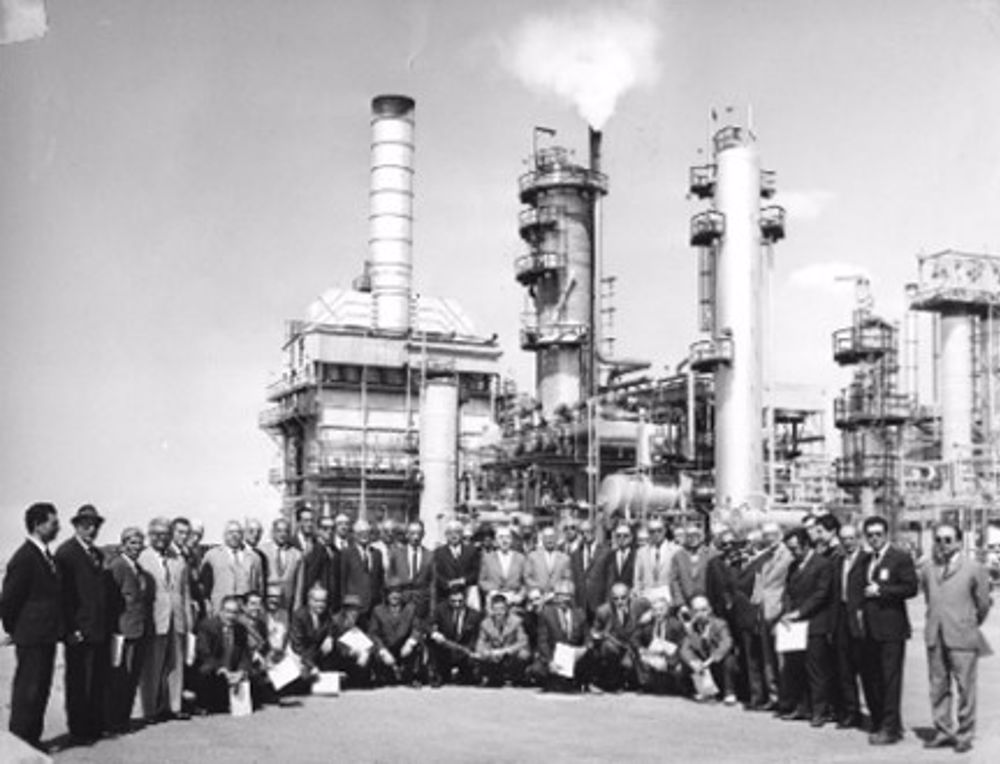
Development of oil production and the field of chemical engineering increased rapidly from the 1950’s as the world turned more and more to the use of this “Black Gold” not only as a lubricant and a fuel source but also for an expanding industry of plastics, synthetic fibres, and many thousands of chemical products. The development of these processes required chemical engineers to get better at separating the oil into a wider array of fractions and also removing unwanted components, like sulphur, in the process.
The oil crisis of the 1970s demonstrated the world’s dependence on oil but also as its newfound use as a political tool with the creation of a new superpower in the global political arena with the foundation of OPEC (Organisation of the Petroleum Exporting Countries). Despite this event slowing the pace of growth initially, it soon re-started as again more industries turned towards oil and demand soared.
The term peak oil is best represented by the US production which slowed in the 1970s as cheaper oil was made available in the middle east, but since global prices in the early 2000s soared with the discovery of new production methods (shale oil) and a political drive to decrease independence on foreign oil exports.
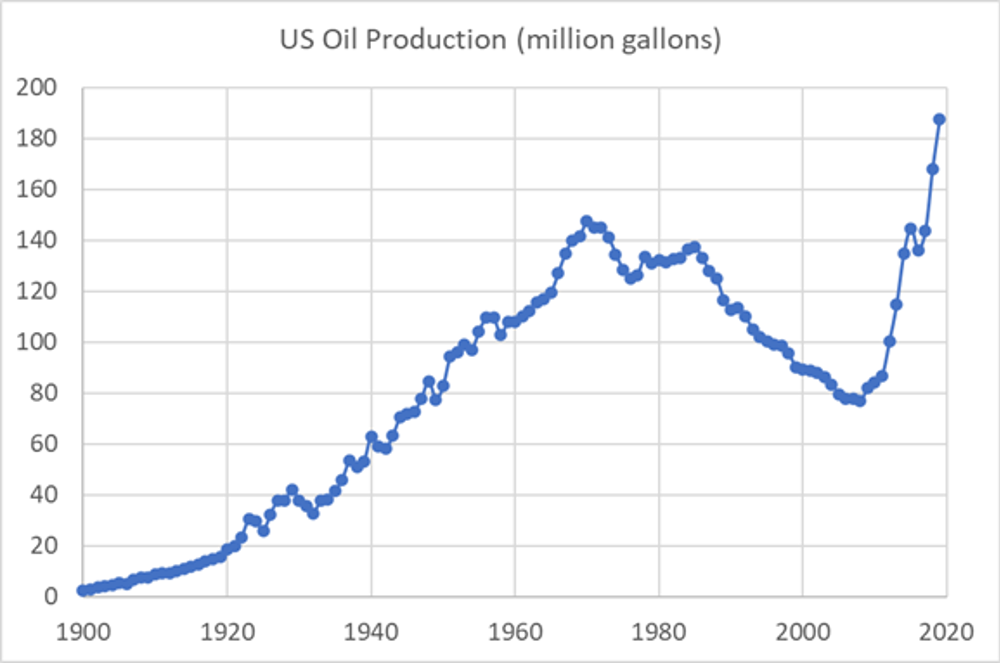
2020 and 2021 saw a huge downturn in global oil consumption due to the Coronavirus pandemic and lack of demand as travel and energy use dropped however, this is not expected to last and soon oil consumption could again rise – unless the world and chemical engineers do something about it. By the time you read this, you may know if the world has been successful in further displacing the demand on fossil fuels with combined supply from hydrogen, nuclear and renewable technologies. The current global energy supply figures stand at 57% fossil fuels, 23% Nuclear and 20% Renewables with significantly unequal distributions between developing countries and the Western economies.
